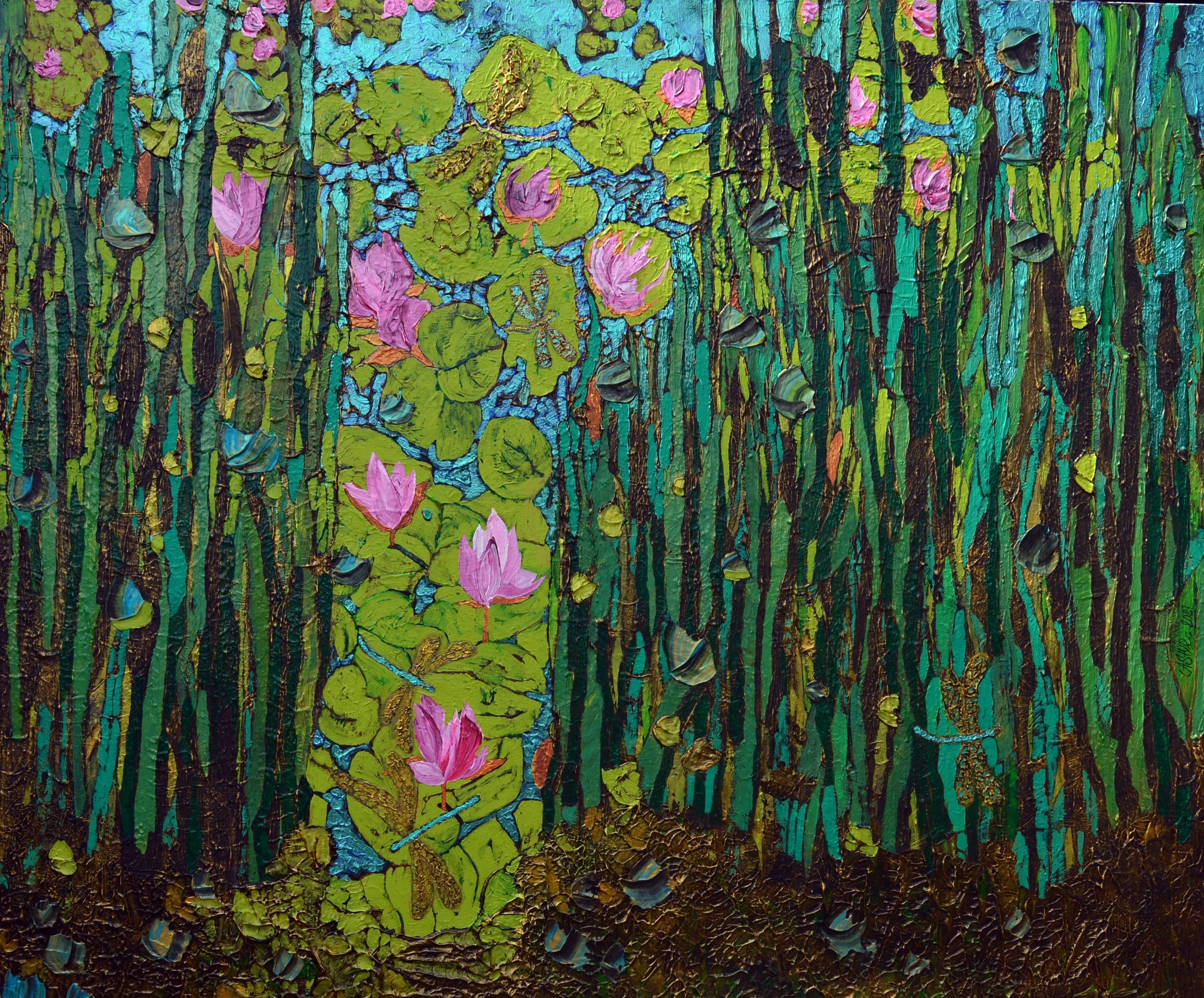For budding art enthusiasts or those just getting started with viewing art or visiting art galleries as a hobby, having a few glossary terms under your belts isn’t such a bad idea if you want to recognise key techniques and understand what art critics are talking about the next time you visit a gallery or exhibition.
In this blog, we’ll be looking at the impasto technique and detailing a few famous examples to build your art knowledge.

What is exactly is the impasto technique?
Simply put, the impasto technique is when artists apply paint to a canvas in thick, bold applications that help to produce visible brushstrokes and texture.
Some artists favour this brush method that builds density on canvas quickly, whereas others much prefer a subtler approach that only highlights key areas for added emphasis.
This can often give pieces of art created using this technique the illusion of an almost 3D effect and can create some interesting visual effects when viewed from a variety of angles.
Early beginnings
Although this may be the first time you’ve encountered the term, the impasto technique has been around for centuries.
As one of the earliest adopters of the technique, Vincent van Gogh’s work is perhaps one of the best examples of this style of painting and it is easily recognisable in many of his early and later works thanks to the heavy build-up of paint on the canvas that created a denser, richer texture that adds depths of tone and light.
Famous examples

As well as Vincent van Gogh who we’ve previously mentioned, there are a number of famous artists spanning history that have used the impasto technique to great effect.
Bringing impasto right up to date is Swedish painter Pia Fries who uses light-handed layering to signify light, colour and shape with negative space.
Another contemporary is abstract impressionist Jackson Pollock who was also known for incorporating blunt, obvious use of the impasto technique in many of his pieces that used mixed mediums including non-traditional materials such as broken glass and sand.
This ‘heavy’ use gained him the moniker “Jack the Dripper” by Time Magazine in 1952 thanks to his daring use of the technique in his famous pieces Shimmering Substance (1946) and Blue Poles (1952) that are now recognised as some of his most important and influential works.



